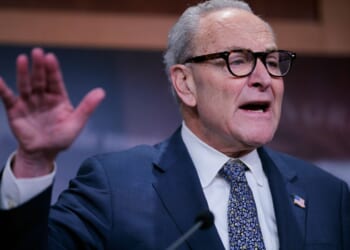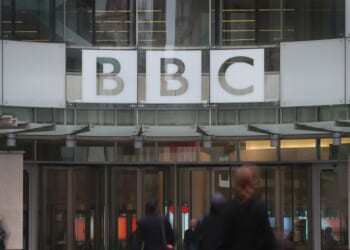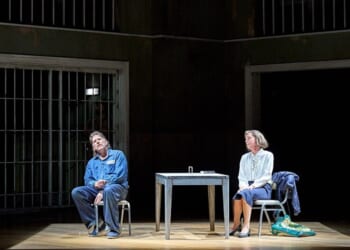In the end (if this is the end) what was it all about?
The record-long federal government shutdown (43 days, over six weeks) could end as early as tonight, if the House of Representatives goes along with the deal passed by the Senate on Monday.
My theory is it all had to do with the odd-year elections in New Jersey and Virginia. A week later, everyone now believes that last Tuesday’s results were always inevitable: Democrat wins in two blue states Trump lost in every election.
If you look at the Real Clear Politics (RCP) poll of polls for these races, a different story emerges. In New Jersey, the Republican candidate had dramatically cut the lead in the last seven days of September from a net -9 to a net -4.7 on September 30. A poll released by The Hill on September 25 had the race in a dead heat. The poll had the race at 43-43 with 11 percent undecided.
Something dramatic had to happen to change the trajectory. The shutdown began on October 1.
In early October, a texting scandal broke in Virginia involving the Democratic candidate for Attorney General, Jay Jones. Having had a large lead in the race to unseat the incumbent Republican, Jones immediately fell behind in the polls and remained behind for the entire month of October. Had the election been held a week earlier, Jones would have lost.
But the shutdown dragged on, and the large federal workforce in Virginia eventually missed a paycheck.
Add in the final weekend artificially-created SNAP “crisis” for good measure.
In the event, Democrats won with big margins in both states, supported by suspiciously large odd-year election turnout. Afterward, Senate Democrats quickly moved to end the shutdown, having achieved zero (0) policy gains, but significant electoral ones.
It may rank and the most cynical election tactic deployed in my lifetime.
The lesson learned (for Democrats) is that shutdowns “work.” Look for a repeat immediately before the 2026 midterms to gin up the base and boost turnout.
From Byron York,
According to some accounts, the Democratic shutdown was kind of like a really long No Kings rally.
You may not recall, but in the early days of October, you could not find two Democrats with a common understanding of what “shutdown” was about. The explanation started out as a broad effort to roll back 2025 Republican policy gains. Then it narrowed to a defense of a small, soon-to-expire, extra Covid-era Obamacare subsidy (on top of the regular massive Obamacare subsidies, which remain in place).
If you read the news coverage, you would think that the expiring tax credit was responsible for 100 percent of the increases in 2026 health insurance rates. Zero is closer to the actual number.
York writes,
Why did Senate Democrats shut the government down for more than 40 days? Now that the standoff is over, it appears a number of Democrats cannot agree among themselves on why they did what they did.
The stated reason for the shutdown, of course, was the Democratic demand that Republicans extend taxpayer-paid, Covid-era “emergency” subsidies for people who purchase health insurance through Obamacare.
The Hill writes this morning,
All the same, to the extent that Democrats see a silver lining in the shutdown, it’s in making themselves the party of affordable health care, and casting the GOP as the party opposed to it.
The proximate cause of health care unaffordability is the “Affordable Care Act” (Obamacare), which passed Congress way back when, without a single Republican vote.
Now Republicans will be judged solely on the basis of their “fix” to the problem that they had nothing to do with the creation of.
You can’t win for losing.

















